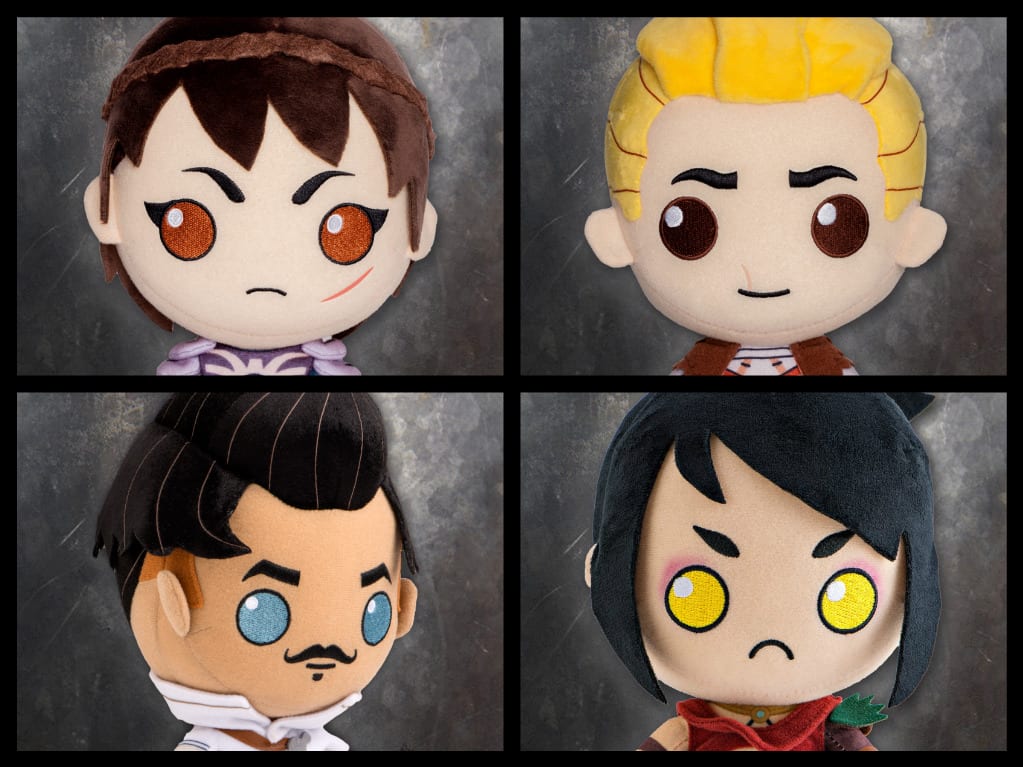
Gage Beasley’s Coelacanth Fish Soft Stuffed Plush Toy Gage Beasley’s Lifelike Nautilus Soft Stuffed Plush Toy What are considered to be myths and legends can now be hugged to the fullest in their plushie forms! If you’re not into much of the aquatic wildlife, you might not know that these creatures really do exist. These could include Gage Beasley’s Lifelike Nautilus Soft Stuffed Plush Toy or a Coelacanth Fish Soft Stuffed Plush Toy. They are also used to teach children about different cultures that they might not get to see in person-or animals they won’t get to see up-close because of how rare they are. Today, plushies can be found in many places such as malls, stores, restaurants, and even their homes. Many adults still enjoy owning plushies while some adults enjoy making them. They are fun to play with and cuddle at night time, making them great for all ages. There are some plushie owners who collect these stuffed toys just for the sake of collecting, while others do so because they have a certain plushie that is very sentimental to them.Ĭhildren can also enjoy owning their own stuffed toy without the worry of having it taken away from them. Plushies also come with clothes or without them those that are new and those that have been handmade by another person. Gage Beasley’s Lifelike Pufferfish Boxfish Stuffed Plush Toy Gage Beasley’s Red Octopus Soft Stuffed Plush Toy

Take, for example, Gage Beasley’s Lifelike Red Octopus Soft Stuffed Plush Toy and Lifelike Pufferfish Boxfish Stuffed Plush Toy! Some plushies are scarily identical to what they’re supposed to be. They come in many different sizes such as medium, large, and even giant-sized.

Today there are many types of plushies such as plushies that look like humans, animals, and cartoons. Carl also invented the air-cushion machine that would allow him to stuff with down feathers instead of just having regular cotton stuffing.

She had a skirt, shirt, bonnet, and even shoes that were made into the plushie. This doll came from feathers and cotton yarn for a head, arms, and legs. Yet, another thought is that German Carl Werner may have had the first plushie in 1867 when he created a small animal-type doll for his daughter's namesake because she was going to be sent off to her grandparent's home while her parents were going to take a vacation. She remarried a shoemaker named Gustav who helped her open up another toy store in 1880 with stuffed animals as you would find at any other toy store. However, they discontinued the business after the eldest son died of tuberculosis at age twenty-seven. She had built up a small sewing business with her husband and children. However, after receiving praise for the elephant, he decided to make more.Īnother thought of the first plushie is that it actually began in France around 1863 by a family named Margarete Steiff who wanted to start sewing for children again like her grandmother used to do. The story behind this being the first plushie is that he removed the legs off of an elephant puppet that belonged to his daughter because she was afraid of it.

One thought of the first plushie is that it was believed to be made in 1880 by German Steiff who hand-sewed some stuffed fabric animals for his toy store's window display. Plushies have been around for centuries, although it may be debatable about the first plushie. The word "plushie" is derived from the meaning of the word plush, which means a material with a thick pile or napped fabric. Plushies are stuffed animals that are given human qualities, which typically come in the form of clothing.


 0 kommentar(er)
0 kommentar(er)
